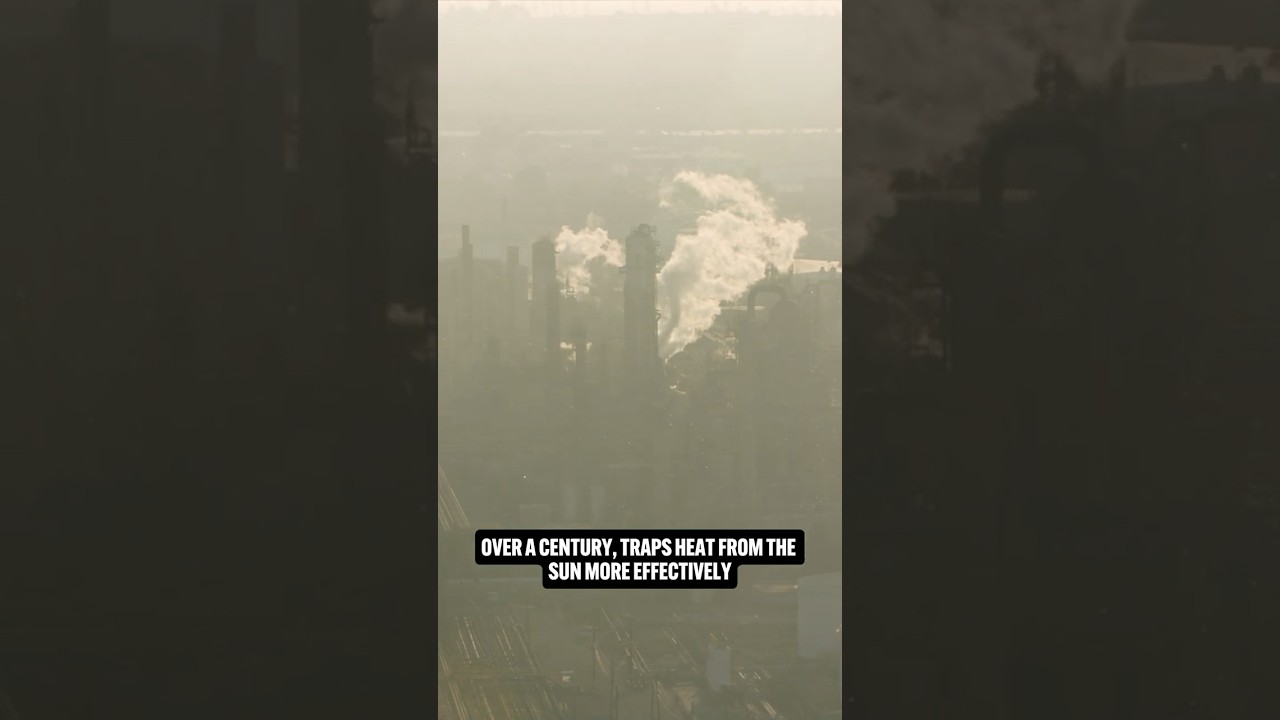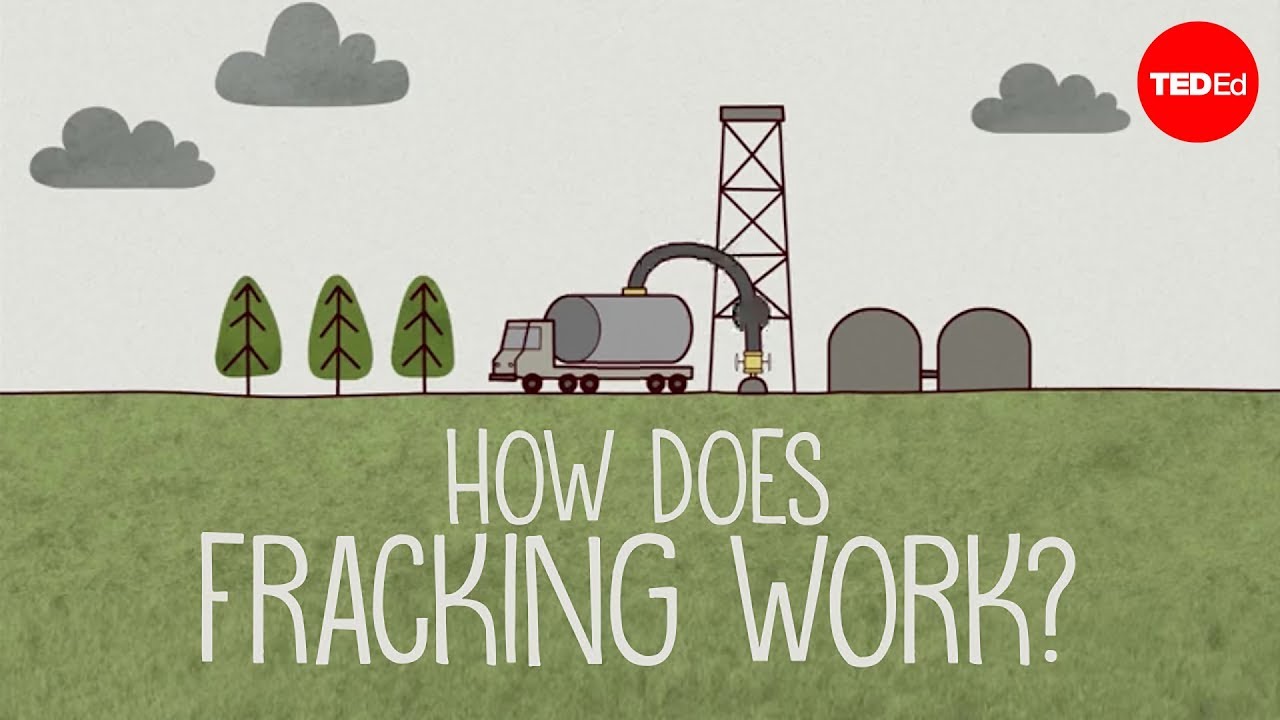After drilling, a mixture of water, chemicals, and sand or clay is injected into the well, causing the rock to crack and release fossil fuels, which are pumped up to the surface. Water makes up more than 90% of the mixture and provides the pressure that creates the fissure. The sand or clay keeps the fissures open, while the chemicals are primarily used to dissolve debris, reduce friction, and kill bacteria.
Fracking boomed in the US in the early 2000s, when innovations in horizontal drilling and 3D seismic imaging made it more economically viable, coinciding with geopolitical tensions that prompted reduced dependence on foreign energy. However, the method raises several environmental concerns, including the potential for contaminating drinking water, discharging wastewater into local ecosystems, and increasing earthquake risks.






